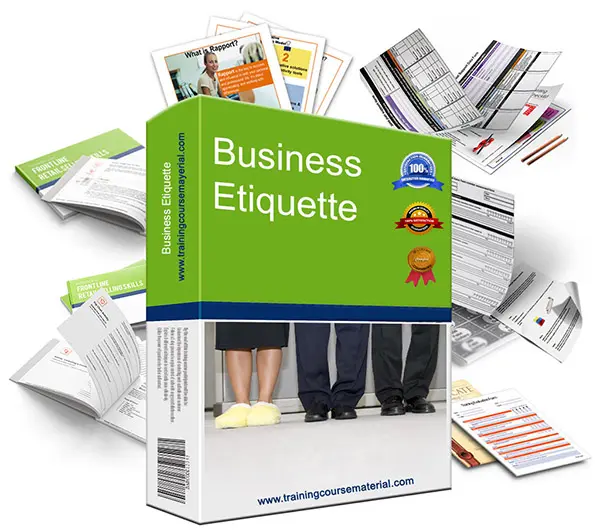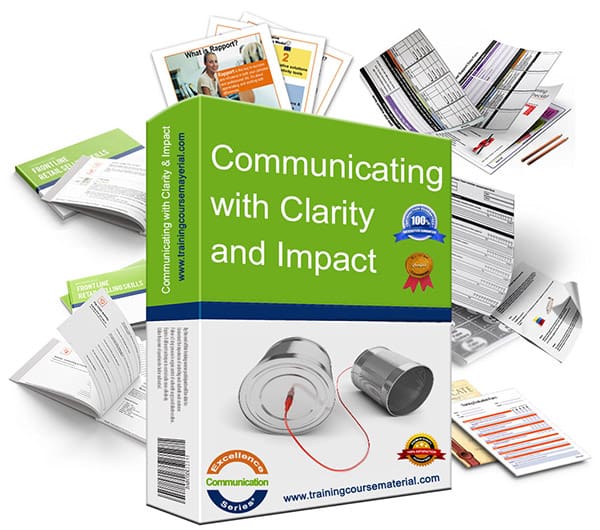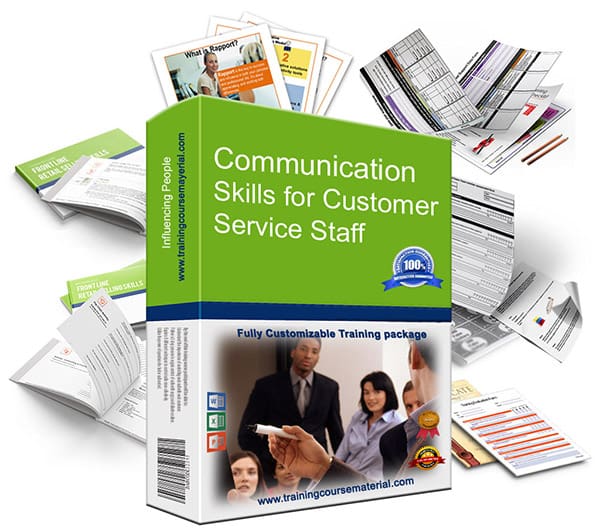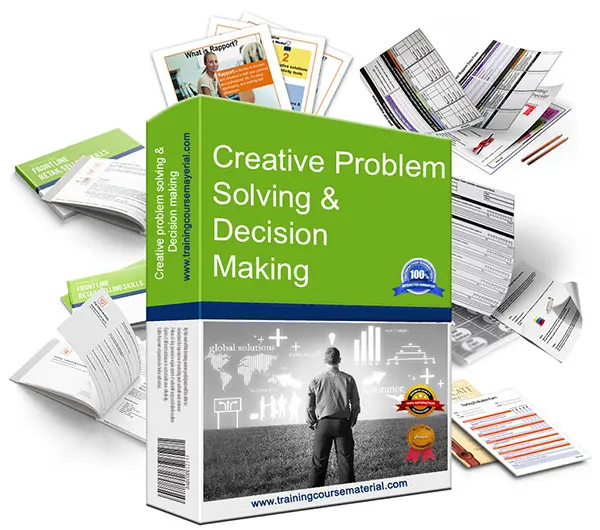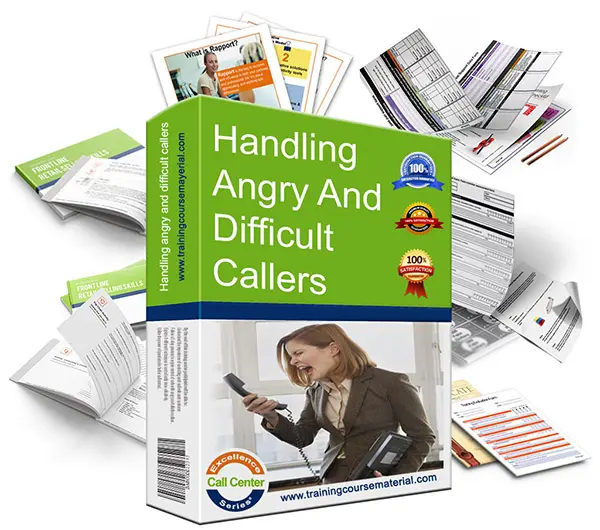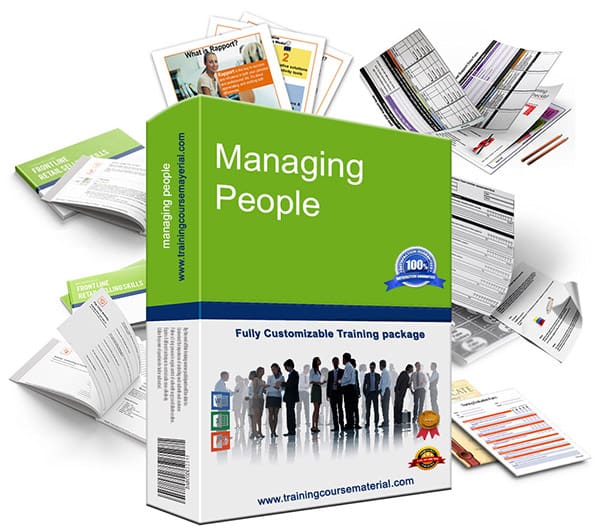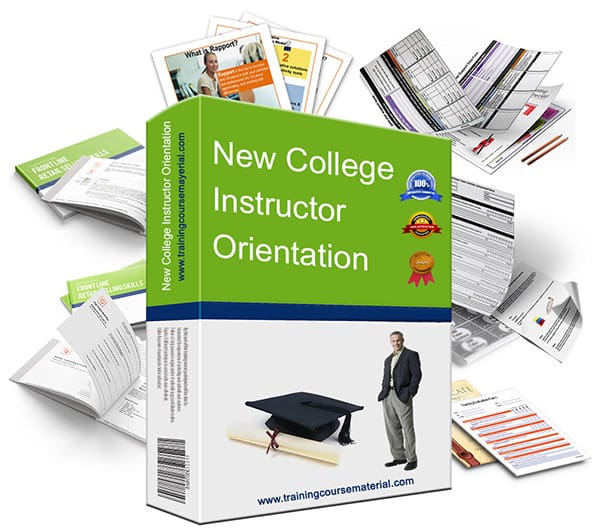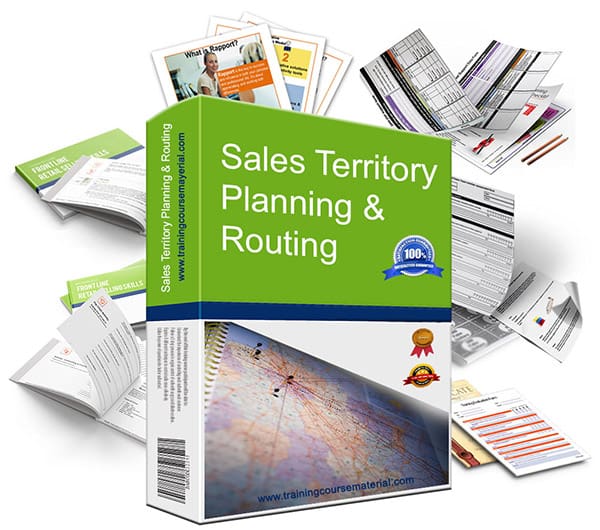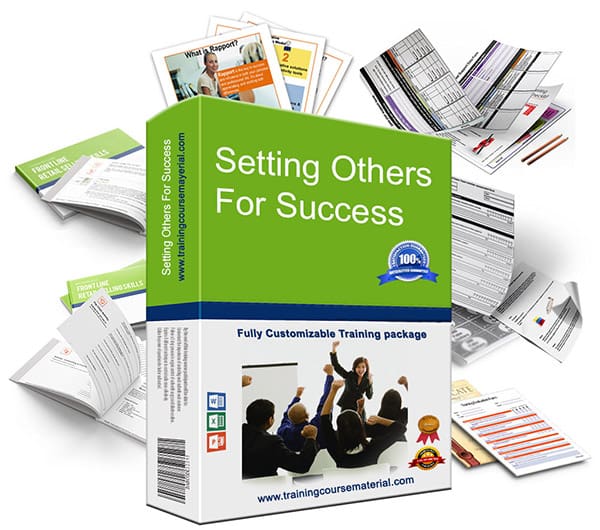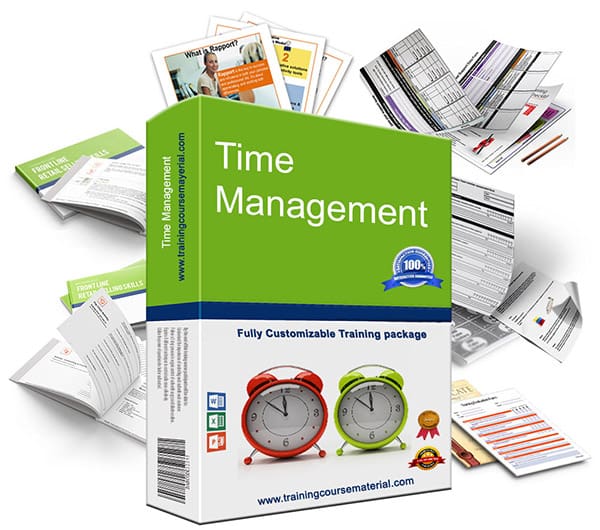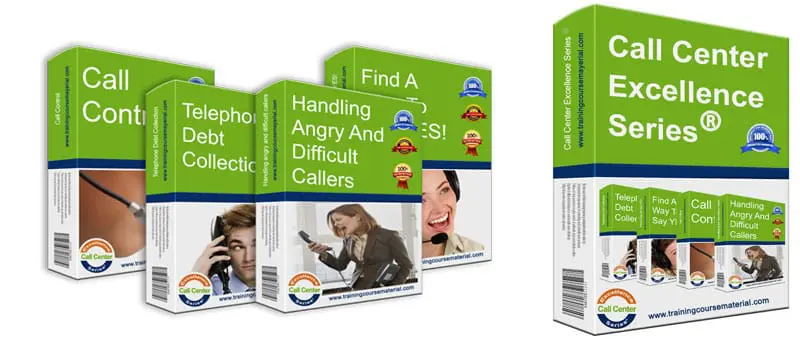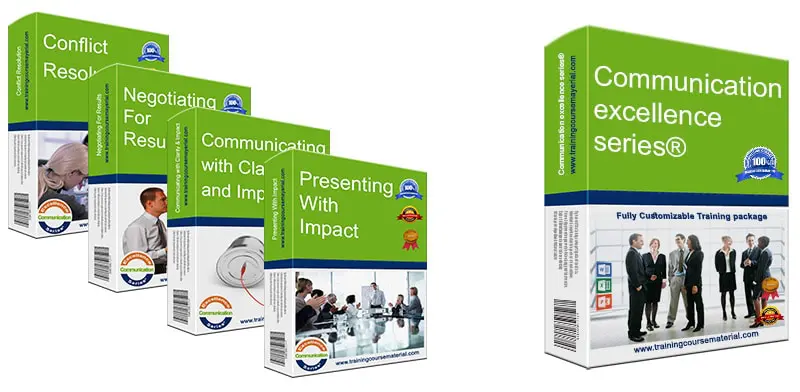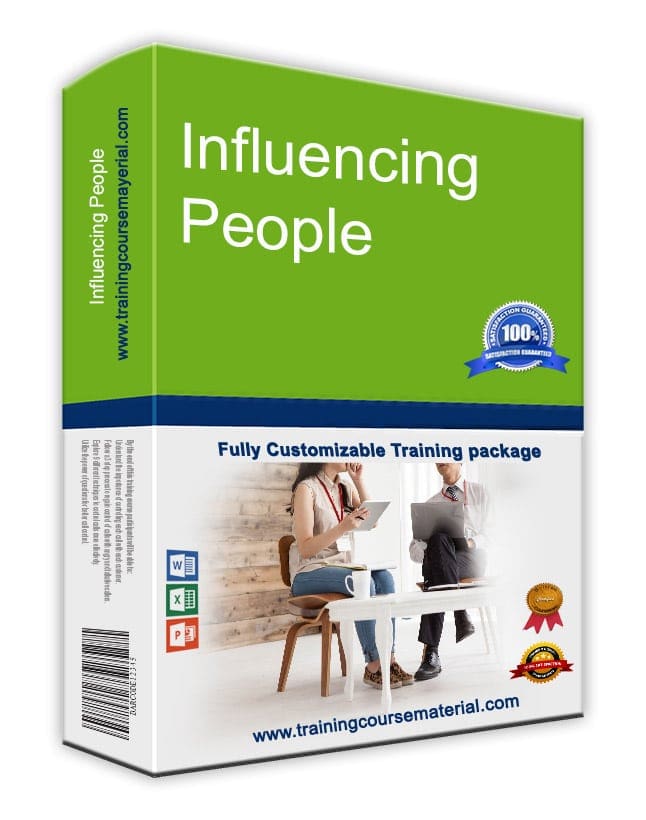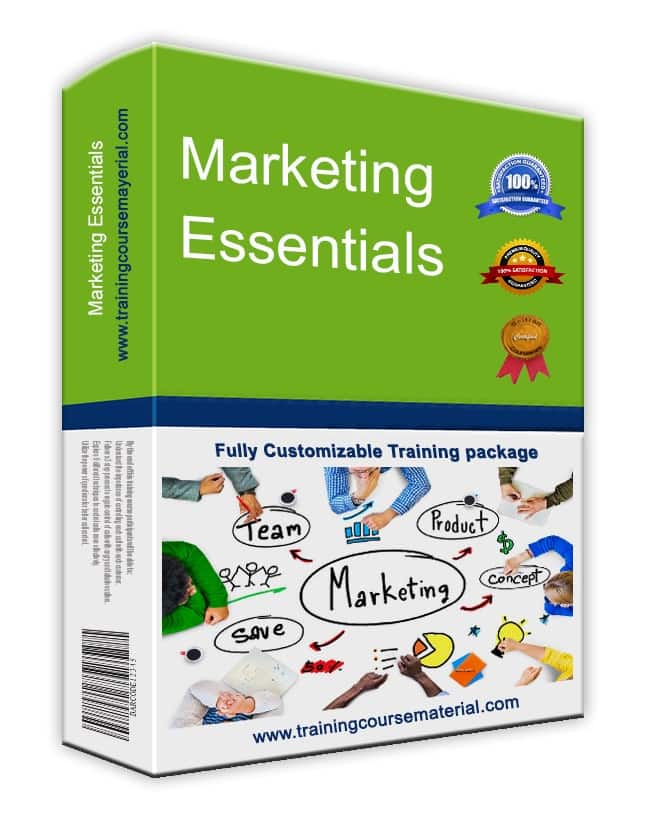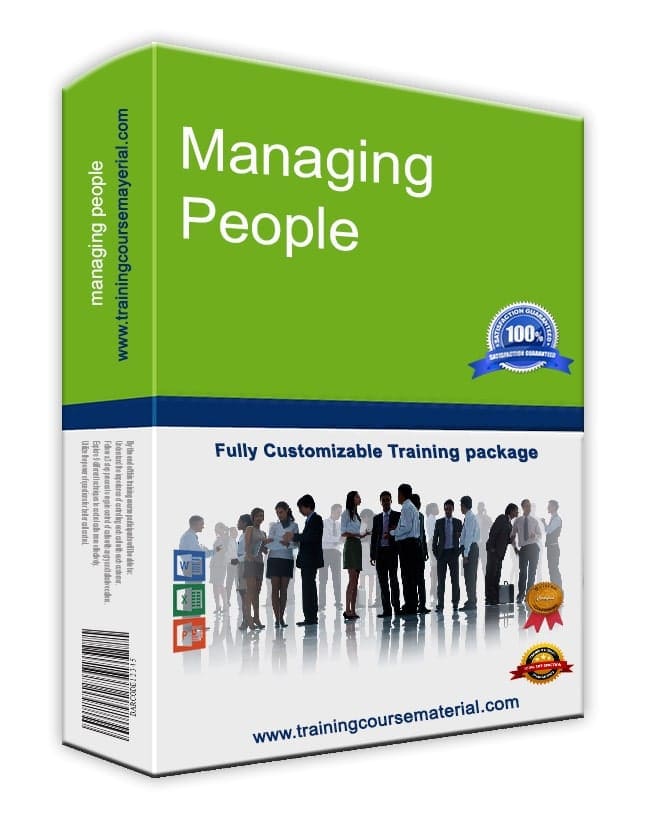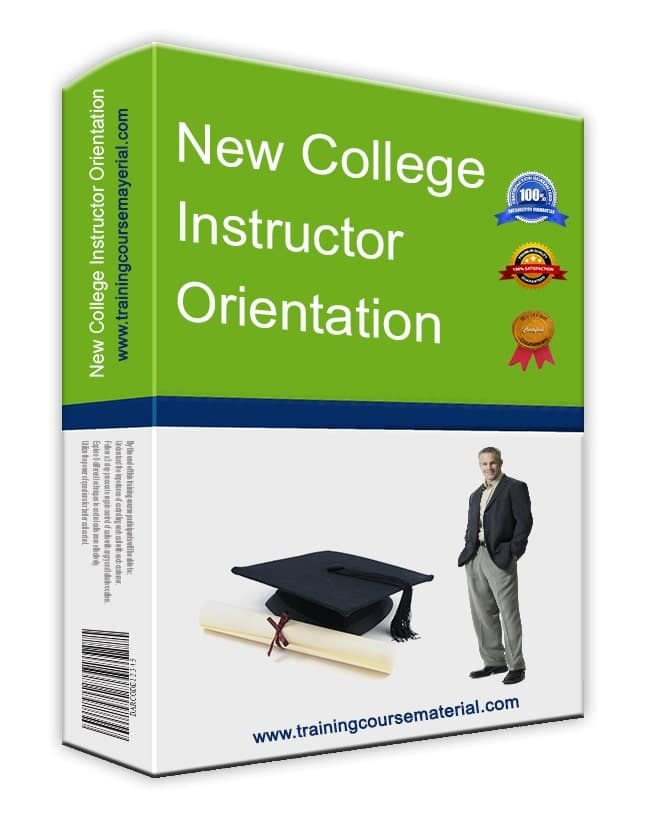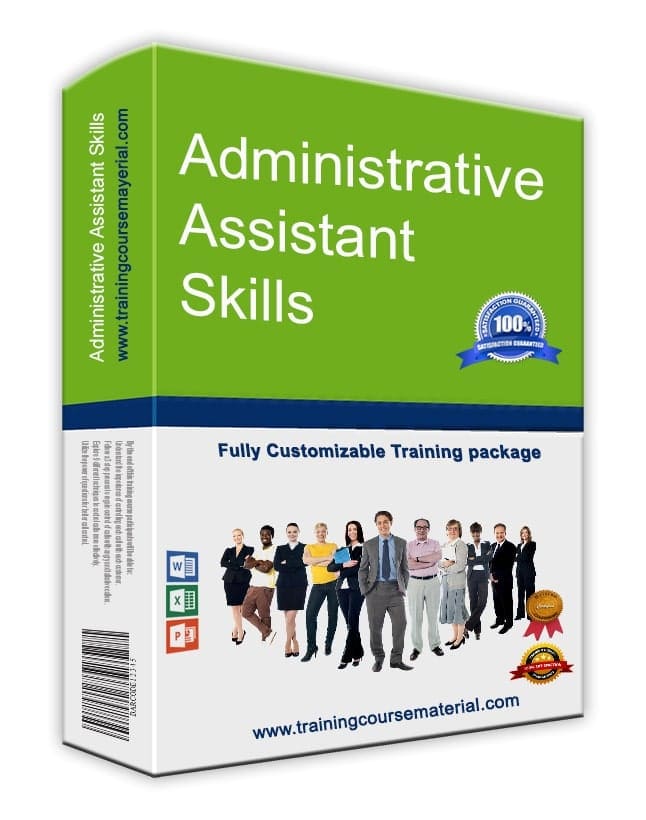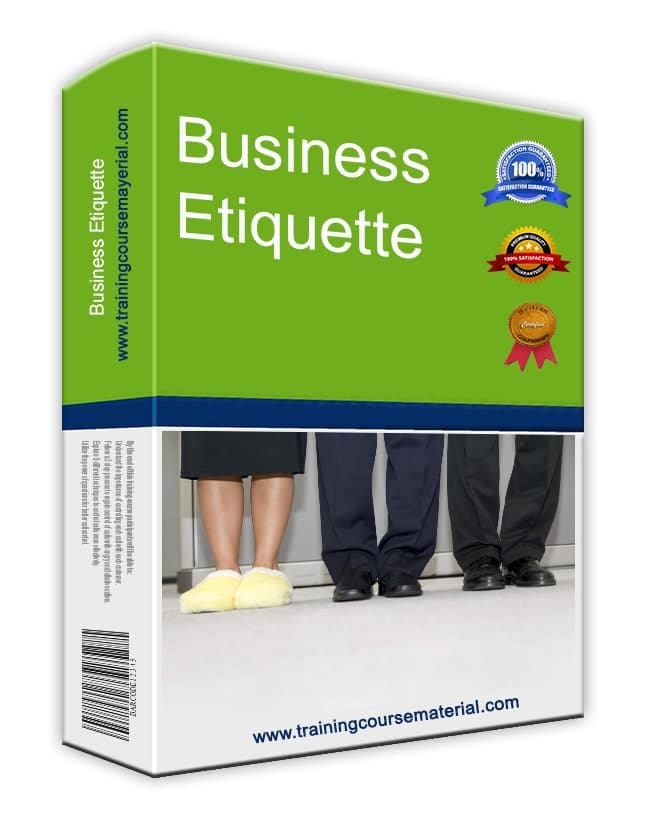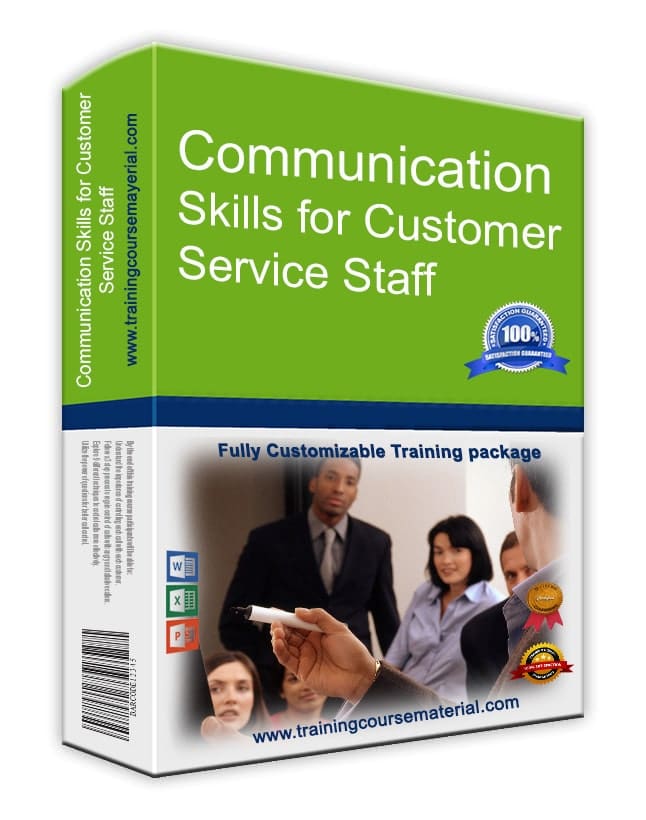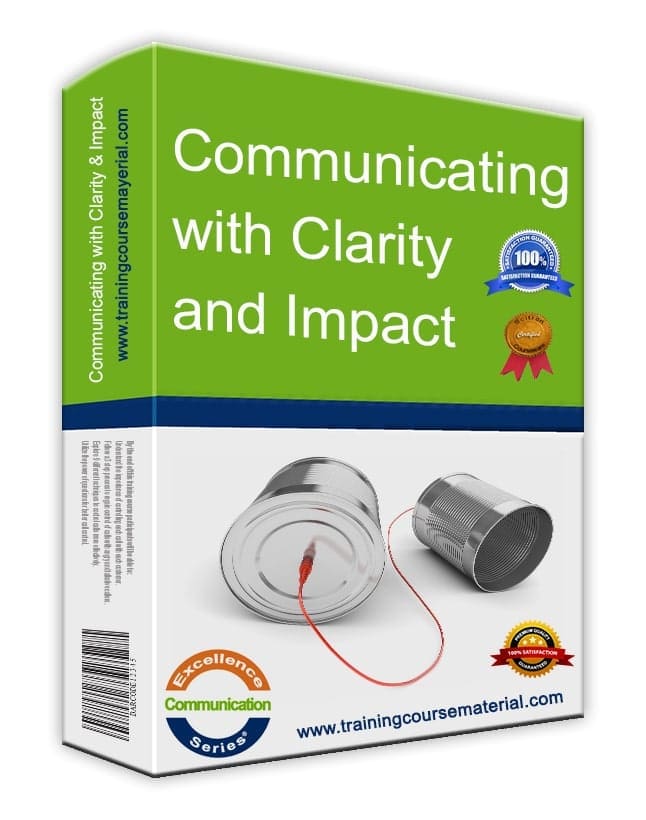How to Disagree Without Creating Conflict
By TrainingCourseMaterial.com
Reviewed by: A. Maher, Senior Trainer with 15+ years' experience in negotiation and communication. Delivered 200+ conflict resolution workshops across MENA and Europe.
Disagreements are part of working life. But how you handle them makes all the difference. Assertive communication means standing by your views—without sparking defensiveness or damaging relationships. Here's a practical six-step process we often include in our Conflict Resolution Training Package to help professionals disagree respectfully and effectively.
Trainer Insight: In a recent workshop, one team leader used this exact model to challenge their director on workload allocations. Instead of creating tension, the conversation led to a rebalancing of duties and a long-overdue process change. Knowing how to structure disagreement changed the outcome completely.
🔑 Six Steps to Disagreeing Agreeably
1. Affirmative Statement
Start with “yes” to ease tension. It’s not agreement—it’s a way to keep the conversation open. Saying “no” right away shuts people down.
2. Softening Statement
Show you understand where the other person is coming from. This earns you credibility and lowers resistance. Examples:
- “As an engineer, I understand why that approach makes sense to you.”
- “Coming from your experience, I see where you’re coming from.”
- “Given your focus on output, I can see how that seems like the right move.”
3. Indicate Process
Before stating your view, give a heads-up that you're going to explain your perspective. For example:
- “Let me share how I see it…”
- “Can I outline my thinking on this?”
- “If I may, here’s why I view it differently…”
4. State Your Reasons
Lay out your position clearly and logically. You can share both pros and cons, but make it clear why you've come to your conclusion. This structure aligns with proven approaches found in research on assertive communication and conflict de-escalation.
5. Disagree—Clearly and Respectfully
Don’t apologize. Don’t hedge. Use firm, confident language. Pair it with calm but serious body language. Try:
- “So I must disagree.”
- “So I see it differently.”
- “So I can’t agree with that approach.”
6. Offer a Conditional Compromise (if needed)
Be open to middle ground—only if it doesn’t compromise your key position. Any concession should be conditional on also getting something important in return.
Need to coach your team on managing tough conversations? Check out our Coaching for Better Performance Package—packed with editable training materials, role-plays, and practical tools.
Explore related resources:





